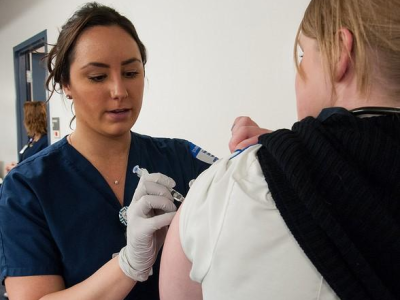
A study of COVID-19 patients from 33 states found that those aged 70 and older were less likely to be classified as having long COVID compared with younger adults, US researchers reported earlier this month in the Journal of the American Geriatrics Society.
Using data from the RECOVER-Adult study, which includes participants from 83 sites in 33 states, a team lead by researchers with the University of Arizona compared the frequency and prevalence of long-COVID symptoms among community dwelling participants ages 70 and older compared with those aged 18 to 59 years more than 135 days after their index infection. While studies estimate that from 4% to 10% of the infected population exhibit long-COVID symptoms, less is known about the prevalence or clinical presentation of long COVID in older adults.
Among 10,211 participants with prior infections and 1,189 uninfected control patients, long-COVID symptoms were most common in those aged 40 to 49 years (27%) and 50 to 59 years (26%), lower among those aged 18 to 39 (20%) and 60 to 69 years (21%), and lowest in those aged 70 years and older (13%). Compared with the age 18 to 39 group, the adjusted odds of having long COVID were higher for the age 40 to 49 group (odds ratio [OR], 1.40; 95% confidence interval [CI], 1.21 to 1.61) and 50 to 59 group (OR, 1.31; 95% CI, 1.14 to 1.5), similar for the age 60 to 69 group (OR, 1.09; 95% CI, 0.93 to 1.27), and lower for the over 70 group (OR, 0.68; 95% CI, 0.54 to 0.85).
Some symptoms less discriminating in older adults
When the researchers looked at raw symptom frequency by infection/age strata, they found that, in participants 60 years or older both with and without prior infection, any symptoms, including problems with hearing and chest and joint pains, were less discriminating for long COVID in older adults, as they readily occurred in both older participants with and without prior infection, particularly in people 70 and older.
"Within the limits of this observational study, we conclude that in community-dwelling older adults, aging alters the prevalence and pattern of reported Long COVID," the authors concluded.












